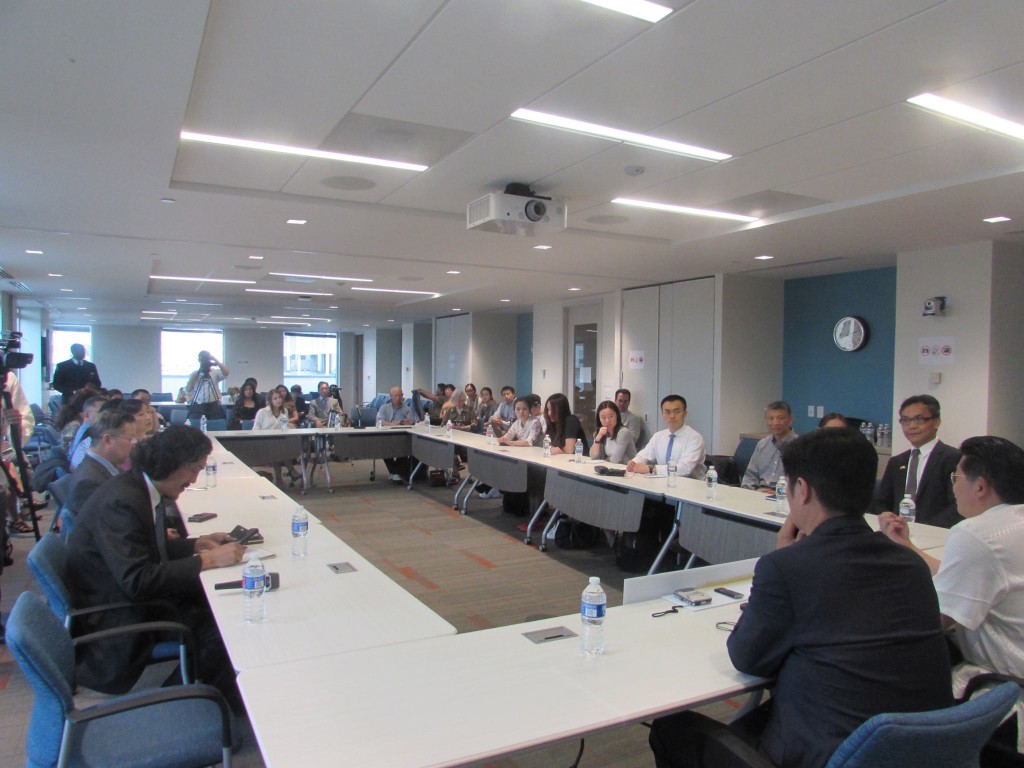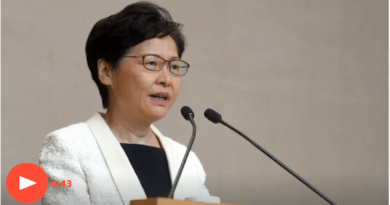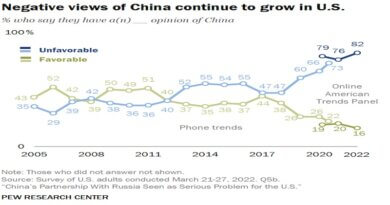Sikyong speaks on Tibet issue to Chinese scholars and students in Washington DC
DHARAMSALA, May 16: The democratically elected political leader of the Tibetan people, Sikyong Dr Lobsang Sangay on May 13 emphasized the importance of building trust between the Chinese and Tibetan people through interaction and stated that the Middle Way Approach (MWA) was envisioned by His Holiness the Dalai Lama and implemented by the Central Tibetan Administration to address the enduring mistrust between the two people.
Contrary to China’s allegations that Tibetans aim to ‘split the nation’, Sikyong Sangay explained that the MWA takes into consideration, not to challenge the sovereignty and territorial integrity of China and seeks for a genuine autonomy for the Tibetan people within the framework of the Chinese constitution.
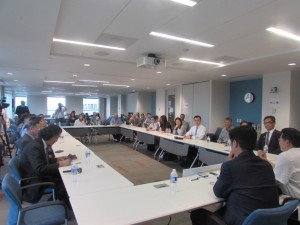
The Harvard graduate Tibetan leader was speaking to a group of over 40 Chinese scholars and students in Washington on the topic ‘Care for the future of Tibet?’ as part of a dialogue organised by Initiatives for China (IFC), a grassroots movement towards democracy in China, which was moderated by Dr Yang Jianli, Founder/President of IFC and a fellow Harvard scholar and close acquaintance of Dr Sangay.
Without over simplifying the essence of the Tibet issue, according to a report on May 14 by Tibet.net , CTA’s official website, Sikyong Sangay explained that the Tibet issue could be described in four M’s, as in Mistake, Mistrust, Middle Way and Misunderstanding or Misinterpretation.
Recalling historical facts, he said that the occupation of Tibet by the Communist Chinese forces and the continued repression of the Tibetan people by the Chinese government is a mistake that has sown seeds of mistrust between the two people.
“Instead of redressing the mistake, the Chinese government continued its policies of political repression, cultural assimilation, social discrimination, economic marginalisation and environmental destruction in Tibet which led to the Tibetan people’s mistrust of the Chinese government,” Sikyong said.
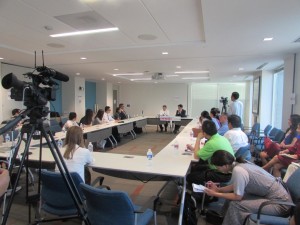
“The Middle Way Approach seeks for a genuine autonomy for the Tibetan people within the framework of the Chinese constitution. The Chinese government always allege that Tibetans aim to split the nation, which is why we have taken into consideration not to challenge the sovereignty and territorial integrity of China,” Sikyong explained, adding that this proposal is as reasonable and moderate as one can get to resolve the issue.
“However, instead of responding to this proposal positively, the Chinese government has resorted to misinterpretation and misinformation, hence misunderstanding,” Sikyong exclaimed.
Sikyong also spoke on the contradictory statements made by the Chinese government in the recently released ‘Whitepaper on Tibet’ and asserted that it was a deliberate attempt by the Chinese government to misinterpret and mislead the world.
“The white paper’s allegation on the Middle Way Approach has less relevance with the Tibetan proposal and more with a false propaganda to create misunderstandings on the issue of Tibet,” he said.
After concluding his address by reassuring the Chinese scholars about His Holiness the Dalai Lama and the Tibetan people’s deep commitment to non-violence to resolve the Tibet issue, Sikyong Sangay clarified and responded to doubts and remarks expressed by the scholars in a question/answer session.
This dialogue is also a part of Sikyong Dr Lobsang Sangay’s continuous efforts to enhance mutual trust and understanding between the Chinese and the Tibetan people and hopefully a positive solution on the issue of Tibet.

